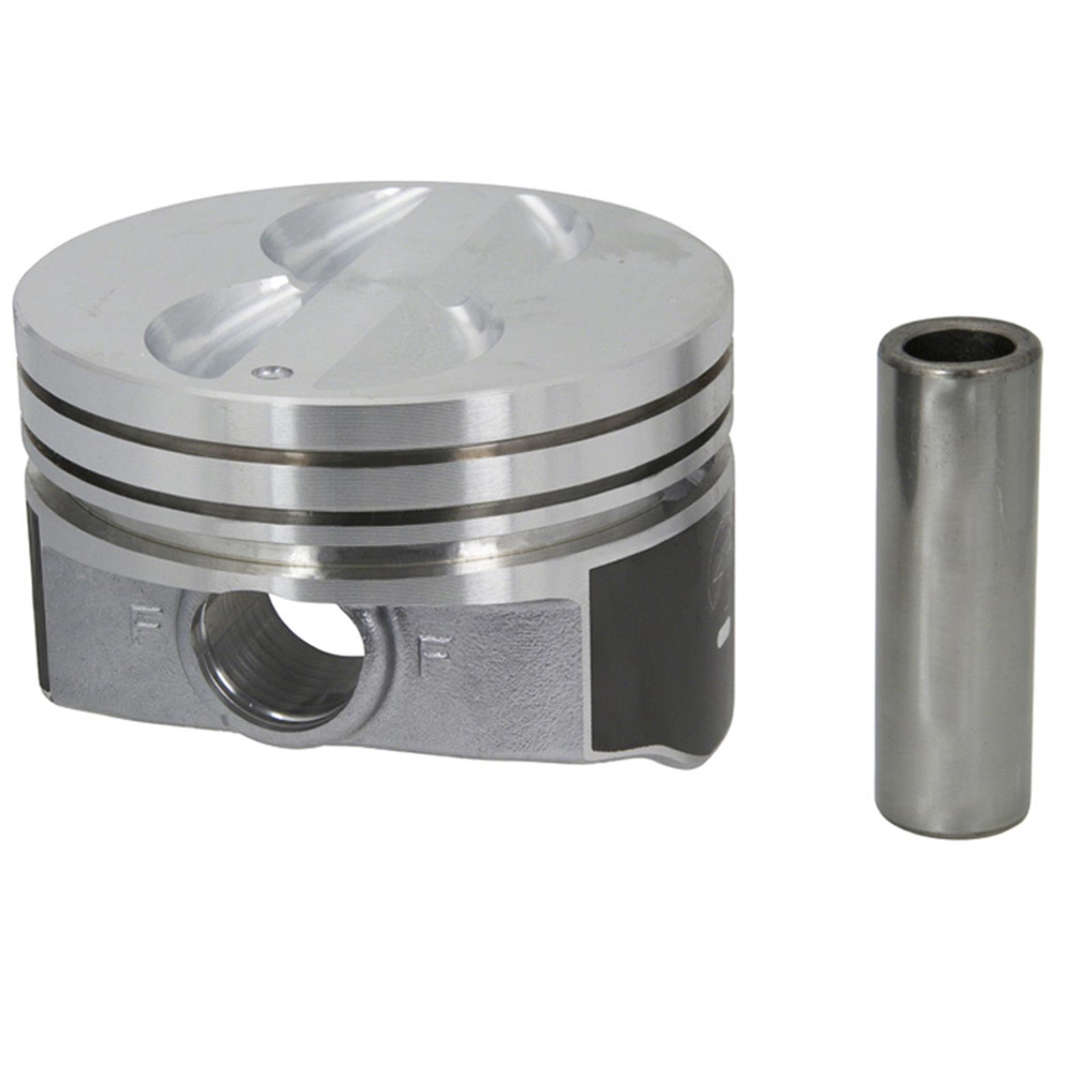When you wrote this I *knew* that we are on the same page. No other method gives
me the same long-lasting, no premature valve float upstairs, weird idle issues that we finally
track down to 'too much preload' x higher than expected oil pressure {cold oil} that
causes just enough valve unseating to rough up the idle...and then of course the
symptoms disappear when the engine warms up and the idle oil pressure drops, yada yada yada.
(Maybe because over the years I've kinda become the old dog motorhead of last resort in
my local ecosystem, I seem to have encountered way more than my fair share of engine
misbehavior tracked down to goofy valvetrain maladustments. :0)
...but I digress. Over in
@DeCaff2007's "Correctly Setting Valve Lash" thread, Sweden's resident
GMT400 ambassador (
@1990Z71Swede) linked to a short, concise, complete with *good* audio,
demo of a hot/running lash adjustment on a SBC. The only strangeness was was that the link
said something about the video no longer being allowed to run off of the YouTube reservation?
{EDIT: New behavior. Just click on the "
Watch on YouTube" phrase below.}
Anyway, here's the link that I think Decaff should watch/listen to carefully:
xc_hide_links_from_guests_guests_error_hide_media
As a matter of fact, I used to perform my running lash adjustment *exactly*
the same way he's doing it. But I really didn't like the rough running (while
actually adding the preload right after the clatter goes away), giving it a little
gas to compensate, the rpm jumps, the oil starts flinging...arrrrrghhh!
Some time later, I read somewhere of an even better way to do this.
Go through all 16 valves, one a time, back them off until they clatter, and
then tighten each one just until it's quiet. Move to the next, repeat the
same thing, until all 16 are done. Engine stays smooth, zero adjustment drama.
Shut the engine off.
NOW set the preload on all 16 to whatever your preferred value is. (I favor
a quarter-turn for myself & my buddies, 1/2 turn for a customer's DD, etc.)
Upon restart, the engine
should will continue to be as perfectly smooth
and quiet as it was pre-shutdown, especially if you give it a few moments
for all the lifters to bleed down to their new setting. It's like magic.
What can I say? If you have no choice but to run hydraulic lifters in a
pushrod V8, this is the only way I've found to get it really right.
And the cost? A pair of junk tin valve covers at the local Treasure Yard.
(Oops -- just got notified that Schurkey's posted a reply. Absolutely no
doubt that he has a different yet equally valid technique to get the valves
set up for success. It's like an All U Can Eat adjustment buffet. Choose the
method that appeals to you most & run with it.)
The bottom line? When I'm working with my preferred medium (ie: solid lifters)
I can get exactly what I want with a set of feeler gauges and a breaker bar
on the front crank snout.
But when I'm forced to sort out hydraulic lifters, if I'm under the hood with
you we're eventually going to end up with a pair of cheap cut-up valve covers
and doing a running valve lash adjustment. And with any luck, a quiet engine
to take us out to a victory meal of extra spicy Thai food. ;0)
This is a good discussion. As evidenced by the trouble that our OP has had
in this area, getting a good valvetrain adjustment is one of the harder things
to get right for the everyday otherwise well-adjusted car enthusiast.
Cheers --




